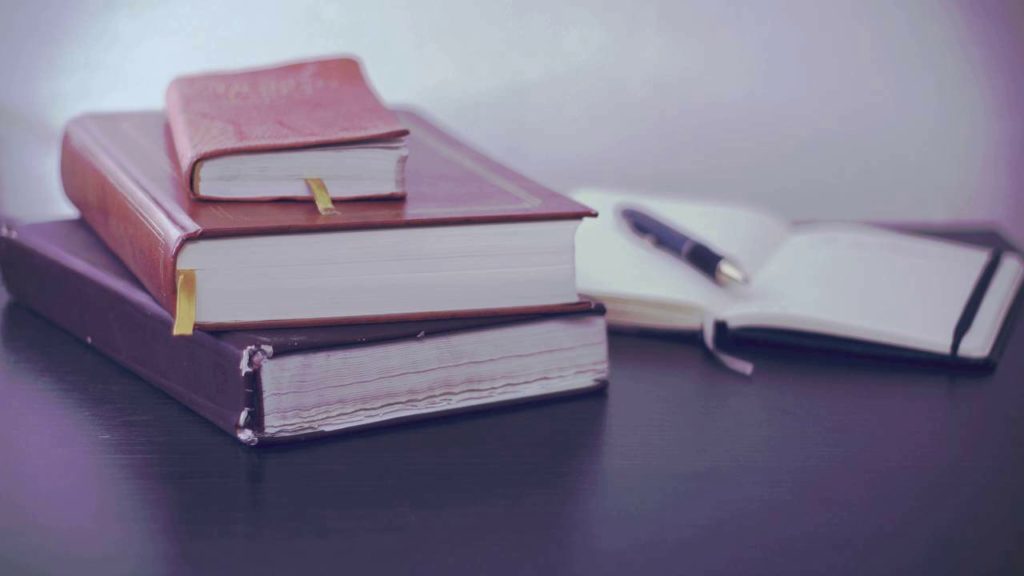We’re all a bit frazzled about the current health pandemic and the mammoth amount of information out there for us to process. Like you, I’m concerned about the health of my friends and neighbors here in the retirement community where I live, as we’re all over 60.
But once we get past all the health information and necessary decisions, there are some less obvious effects of everything that’s happening that I hadn’t originally considered.
Chief among those effects is ALL THIS TIME of hunkering down at home in self-isolation. As an introvert who likes nothing better than curling up with a good book, I feel I’ve been preparing for this situation my whole life. But some others are already exhibiting signs of cabin fever after only one week of a three-week-or-longer period of “social distancing.”
Right now my biggest annoyance is bandwidth strain caused by all the students and employees working remotely. But if you need something to distract you, here, to ease that discomfiture, are 10 interesting articles I’ve collected over the past week.
‘An Eviction Notice’: Chaos After Colleges Tell Students to Stay Away
Colleges and universities were some of the first educational institutions to cancel classes to minimize individuals’ potential exposure to the virus. But, at least initially, those plans caused problems for students unsure of whether they’d return to campus later to finish the semester. Especially hard hit were students with financial aid who didn’t have extra funds to cover out-of-dorm living or storage expenses or travel expenses for an extra trip home. Also hard hit were foreign students, especially those whose visas require in-person rather than online classes. This article from The New York Times reports how some of these problems worked out.
A Week at the Epicenter of America’s Coronavirus Crisis
Seattle-based writer James Ross Gardner provided this look at the first week of response to the influx of the virus in my local area, around Seattle, WA.
As coronavirus spreads in 2020, here’s how Seattle handled the 1918 flu that killed 1,513 people
This story from The Seattle Times provides informative context for the current situation. It’s likely that other papers, at least those in large metropolitan areas, produced similar local-interest pieces, but I’m linking to this one because it’s in my local area.
The 25 Best HBO Series of All Time, Ranked
If you subscribe to HBO and are stuck at home wondering what to do, Esquire magazine offers this ranking of the best HBO series you might want to catch up on.
Some streaming television services (such as Hulu and, I think, Netflix) offer free one-week trial subscriptions. Now might be a good time to sign up, but don’t forget to cancel after the trial time is up if you don’t want to continue.
Your coronavirus reading list: reader suggestions to bring joy in difficult times
The U.K.’s Guardian has some reading suggestions to help fill the time. Even though many libraries are now closed, check your local library’s website to see what ebooks or audiobooks are available for download.

On Pandemic and Literature
Ed Simon in The Millions provides this historical look at literary representations of the 14th century’s Black Death and other pandemics, both real and imaginary.
The Infectious Pestilence Did Reign
In a similar vein, Ben Cohen explains in Slate “How the plague ravaged William Shakespeare’s world and inspired his work, from Romeo and Juliet to Macbeth.”
The Best Books to Elevate Your Reading List in 2020
Though not created specifically for the purpose, these recommendations for the year’s best books so far from Esquire offer some suggestions to supplement the Guardian list.
Coronavirus cleaning tips for your iPhone, Android
Originally from the Chicago Tribune, this article provides instruction on how to clean something we all probably touch more often than our faces, our phones.
In a Pandemic, Musicians Play in Empty Halls for Audiences Online
Anthony Tommasini, chief classical music critic for The New York Times, describes an eerie experience:
I was watching on my computer at home on Thursday afternoon as the Berlin Philharmonic finished a streamed performance of Luciano Berio’s “Sinfonia.” The cameras panned over rows of seats. No one was there. The musicians, dressed in their black-tie best, seemed not to know quite what to do. Finally, they began greeting each other cheerily, then stood and faced the empty hall.
It was one of the most disorienting yet profound views of a performance I’ve ever had.
Tommasini writes that his local (New York City) public radio station provided a listing of available streaming classical music resources, so you could check to see if your local station is doing the same. He also includes a few direct links in the article.
© 2020 by Mary Daniels Brown

